By Amanda Rose Newton
Central Florida’s lush, subtropical climate is a dream for gardeners and a haven for fruit trees, flowering ornamentals, and tropical foliage. But with the abundant growth comes an inevitable challenge: managing pests and diseases without harming your plants, pollinators, or the environment.
If you’ve ever stood in the garden aisle wondering whether you need neem oil, insecticidal soap, or thuricide, this guide will help you understand what each product does, what it doesn’t do, and when it actually helps.
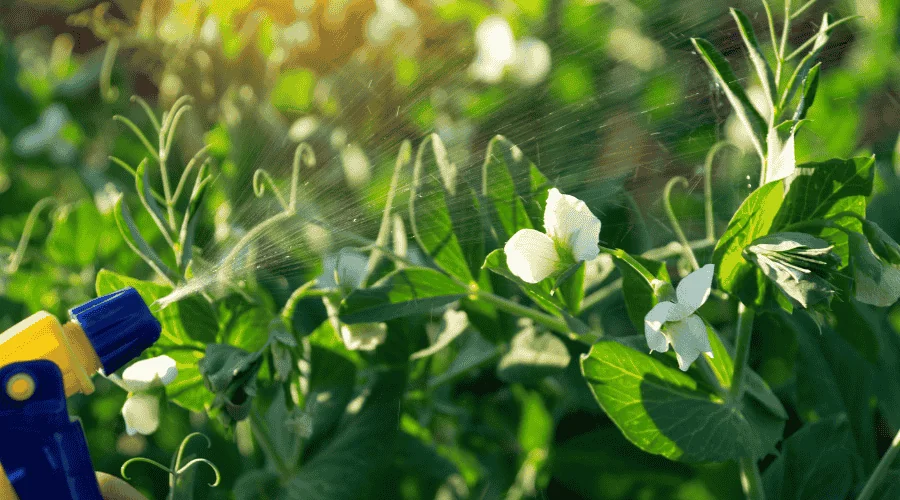
Insecticidal Soap: A Gentle but Targeted Approach
Best For: Soft-bodied pests like aphids, spider mites, mealybugs, and whiteflies
Not Effective On: Hard-shelled insects, caterpillars, or fungal diseases
Insecticidal soap is one of the safest go-to options for gardeners trying to manage minor infestations on herbs, ornamentals, and fruiting plants. It works by coating and suffocating soft-bodied insects, but you’ll need direct contact—spraying after the pests have disappeared won’t do much.
When to use it:
- Early morning or late afternoon to avoid sunburn on leaves
- On new growth or fruit tree flushes, especially on papaya, guava, or passionfruit vines, where aphids love to congregate
Garden Bug Pro Tip: Reapply every few days during an active infestation and after rainfall.
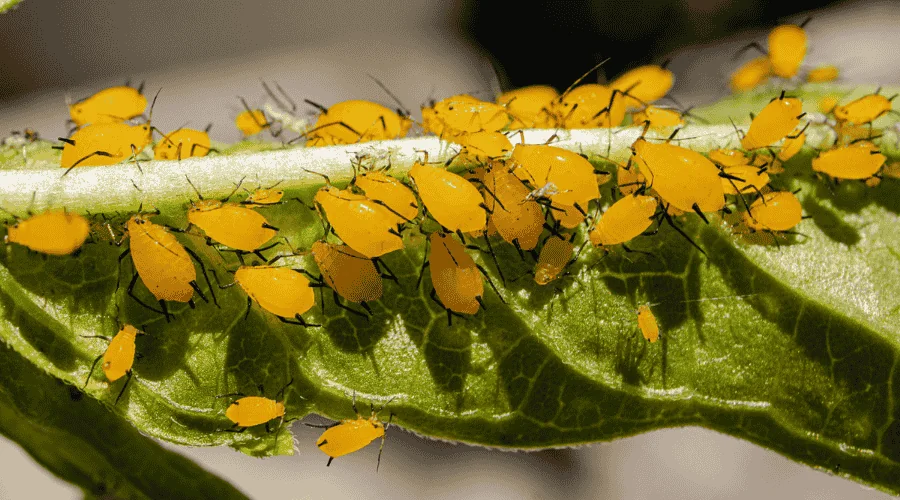
Neem Oil (or Horticultural Oil): Better for Fungus than Bugs
Best For: Fungal diseases like rust, powdery mildew, and black spot
Not Effective On: Most chewing insects or fast-moving pests
Neem is often marketed as a cure-all, but in Central Florida’s real-world gardens, it shines in very specific circumstances. It’s especially effective on ornamental plants like plumeria and fruit trees like fig when treating rust or powdery mildew. Its fungistatic properties help keep spores from germinating, and repeated use can reduce outbreaks over time.
While neem does have some insecticidal properties, it’s not strong enough to control established pest populations and needs to be applied frequently to make any dent.
When to use it:
- As a preventative treatment for rust and mildew (especially after heavy rains)
- On plumeria leaves and fig trees during the growing season
Note: Avoid using neem during extreme heat—early mornings are best to prevent leaf burn.
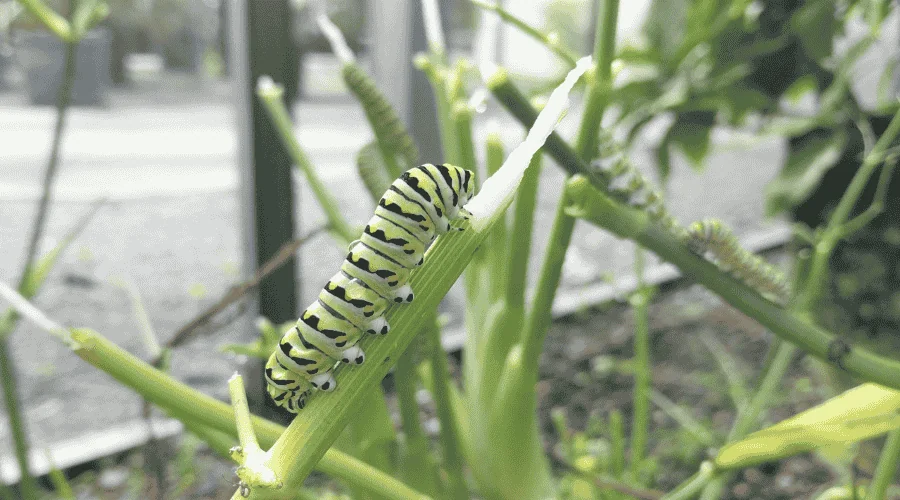
Spinosad: Your Ally Against Chewing Insects
Best For: Leaf-eating caterpillars, thrips, and leaf miners
Not Effective On: Sucking pests (like aphids or scale), fungal issues
Spinosad is a naturally derived insecticide that’s particularly helpful in controlling caterpillars and beetle larvae on your prized subtropical fruits like loquats, citrus, mango, and bananas. It’s also a good choice for ornamental plants affected by thrips or leaf miners.
It works by affecting the nervous system of insects after they ingest treated foliage, so it won’t stop a pest immediately, but they’ll stop feeding and die off in a day or two.
When to use it:
- On chewing, damage to leaves or fruit
- As a rotational option, if you’ve used BT (thuricide) already
- In the evening, when pollinators are less active, spinosad can harm bees if sprayed directly
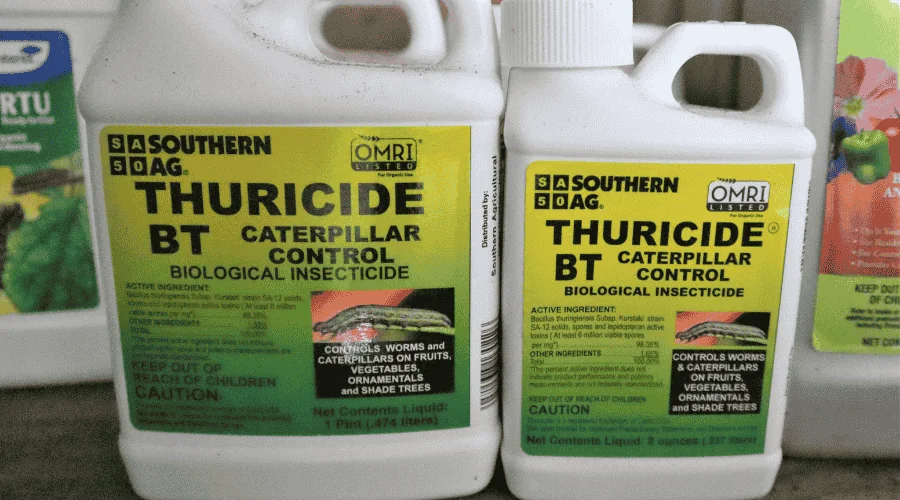
Thuricides (BT): Caterpillar Control the Organic Way
Best For: Caterpillars and worms (especially armyworms, loopers, and hornworms)
Not Effective On: Beetles, aphids, mites, or fungal diseases
Bacillus thuringiensis (BT) products, often labeled “Thuricide,” are great tools for targeting caterpillars without harming beneficial insects or birds. This naturally occurring bacteria affects only the digestive systems of caterpillars, making it perfect for use on tomatoes, passionfruit, plumeria, hibiscus, and butterfly-host plants like cassia or milkweed when needed.
When to use it:
- When you notice new caterpillar feeding damage
- After you’ve confirmed the pest (don’t spray Bt on milkweed with monarch eggs unless you really need to)
Tip: BT breaks down quickly in sunlight, so reapply after rain or every 5–7 days during infestations.
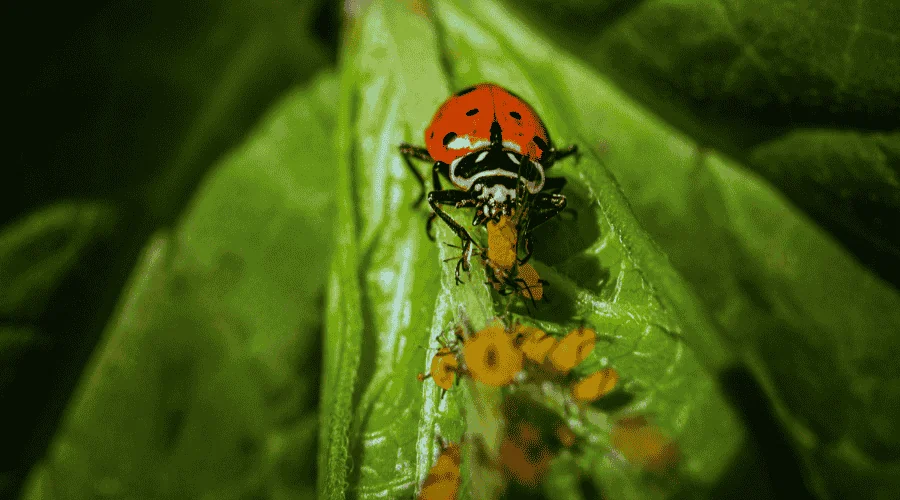
When You Don’t Need to Spray
In a garden filled with subtropical fruit and ornamentals, not every spot or blemish means trouble. Here are a few times to pause before you spray:
- Leaf spots on mango and banana are often cosmetic and not worth treating unless they’re widespread
- Beneficial insects like ladybugs, lacewings, and parasitic wasps often show up to control pests—let them do their work!
- Sooty mold on citrus or hibiscus usually clears once the sap-sucking insects are gone—control the aphids or whiteflies, not the mold itself
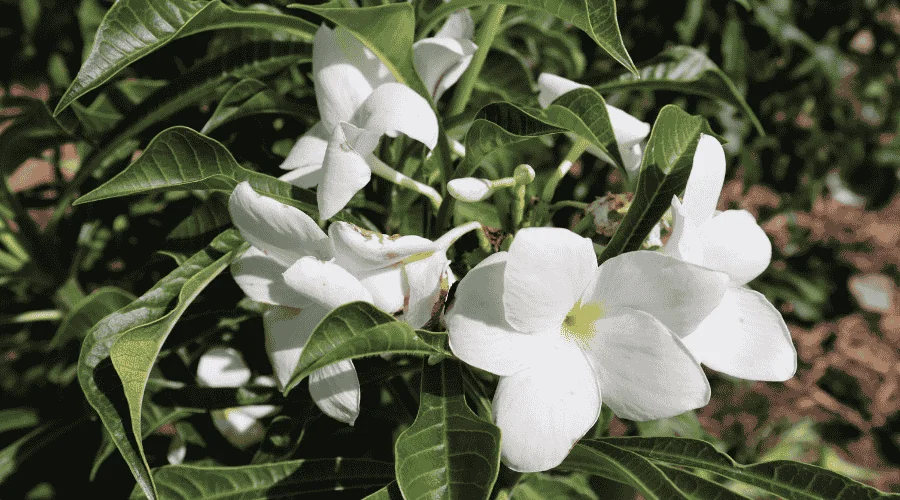
Garden management in Central Florida doesn’t have to mean reaching for chemicals at the first sign of trouble. By learning what each control is good at—and what it’s not- you’ll build a more resilient, beautiful garden that thrives year-round.
Whether you’re growing plumeria, figs, or mangoes, or just want to enjoy a butterfly-friendly ornamental border, the right tool at the right time can make all the difference.


